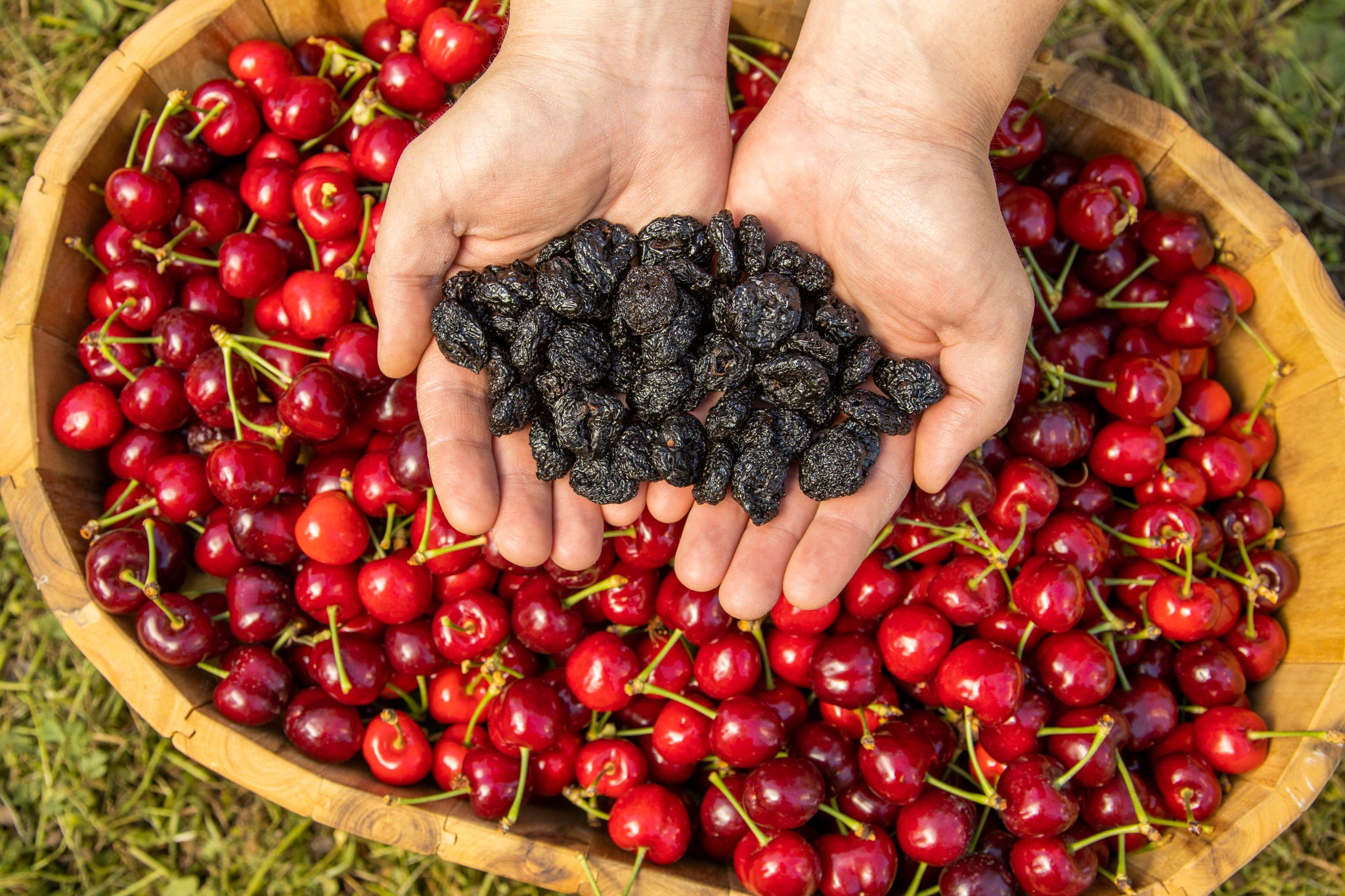How to Make Sourdough Bread at Home

There’s something magical about baking your own bread, especially when it’s sourdough. The crisp crust, the tangy taste, and the satisfaction of slicing into a loaf that you’ve nurtured from just flour and water are unparalleled. Today, let’s embark on the delightful journey of making sourdough bread at home.
The Basics of Sourdough
Sourdough is a type of bread that doesn’t use commercial yeast. Instead, it relies on a naturally occurring yeast and bacteria culture known as a starter. This starter is what gives sourdough its distinctive flavor and texture.
Creating Your Starter
To make sourdough bread, you first need a starter. This requires a bit of patience, but it’s well worth the effort.
- Day 1: In a clean jar, mix 1 cup of whole wheat flour with 1 cup of water. Stir until combined, cover with a breathable cloth, and let it sit at room temperature for 24 hours.
- Day 2: Check your mixture. You might see some bubbles, indicating that wild yeast and bacteria are beginning to work. Discard half of the mixture, and feed the remaining with 1 cup of all-purpose flour and 1 cup of water. Stir well, cover, and let it sit for another 24 hours.
- Days 3-7: Repeat the process of discarding half and feeding with fresh flour and water every 24 hours. By the end of the week, your starter should be bubbly and have a pleasant, slightly tangy smell. This means it’s ready to use.
Ingredients for Sourdough Bread
Now that you have your starter, let’s gather the ingredients for your first loaf:
- 1 cup of active sourdough starter
- 1 ½ cups of water
- 4 cups of bread flour
- 2 teaspoons of salt
Mixing and Kneading
In a large bowl, combine your starter and water. Stir until the starter is dissolved. Add the flour and mix until a rough dough forms. Cover the bowl with a cloth and let it rest for 30 minutes. This rest period is known as autolyse, which allows the flour to fully hydrate and makes the dough easier to work with.
After the rest, add the salt and knead the dough. You can knead by hand or use a stand mixer with a dough hook attachment. Knead until the dough is smooth and elastic, which typically takes about 10-15 minutes by hand.
Fermentation
Place the dough in a clean bowl and cover it with a cloth. Let it ferment at room temperature for 4-6 hours. During this time, you should perform a series of stretch and folds every 30 minutes for the first 2 hours. To do this, wet your hands, gently stretch the dough upward, and fold it over itself. This process helps develop gluten and gives the dough strength.
Shaping the Dough
After the bulk fermentation, it’s time to shape the dough. Turn the dough out onto a lightly floured surface. Gently shape it into a round or oval loaf, depending on your preference. Be careful not to deflate it too much. Place the shaped dough into a proofing basket or a bowl lined with a floured cloth, seam side up. Cover it and let it proof for 2-4 hours at room temperature or overnight in the refrigerator.
Baking
Preheat your oven to 475°F (245°C). If you have a Dutch oven, place it in the oven to heat up. Once the oven is hot, carefully transfer your dough into the Dutch oven, seam side down. Score the top of the dough with a sharp knife or a bread lame to allow it to expand while baking. Cover with the lid and bake for 20 minutes. Remove the lid and bake for another 20-25 minutes, or until the crust is deep golden brown.
If you don’t have a Dutch oven, you can bake your sourdough on a preheated baking stone or baking sheet. To create steam, place a shallow pan of water on the bottom rack of your oven.
Enjoying Your Sourdough
Let your sourdough cool completely on a wire rack before slicing. This step is crucial as it allows the crumb to set properly. Once cooled, slice and enjoy! Whether you savor it plain, with a spread of butter, or as part of a sandwich, homemade sourdough is a treat.
Pairing with the Perfect Beverage
What could be better than enjoying a slice of your freshly baked sourdough bread with a soothing drink? For a calming and healthy option, consider pairing it with a cup of organic green tea. You can conveniently buy organic green tea online, ensuring you get the finest quality to complement your homemade bread.
Food and Drink Festival 2024
If you’re passionate about culinary experiences, you might want to mark your calendar for the Food and Drink Festival 2024. It’s a fantastic opportunity to explore new flavors, learn from expert chefs, and immerse yourself in a community of food enthusiasts. You’ll find inspiration for your next sourdough creation and discover the latest trends in the culinary world.
A Vegan Twist
For those following a plant-based lifestyle, sourdough bread is a wonderful option since it’s naturally vegan. If you’re looking for more vegan-friendly culinary delights, you might be curious about the best vegan restaurants near me. Exploring local vegan eateries can provide you with fresh ideas and inspiration for your next home-cooked meal.
Conclusion
Making sourdough bread at home is a rewarding and fulfilling experience. It requires patience and attention to detail, but the end result is well worth the effort. From nurturing your starter to baking the perfect loaf, each step in the process is a testament to the art of bread-making. So, roll up your sleeves, dust off your apron, and embark on the sourdough journey. Your taste buds will thank you!



